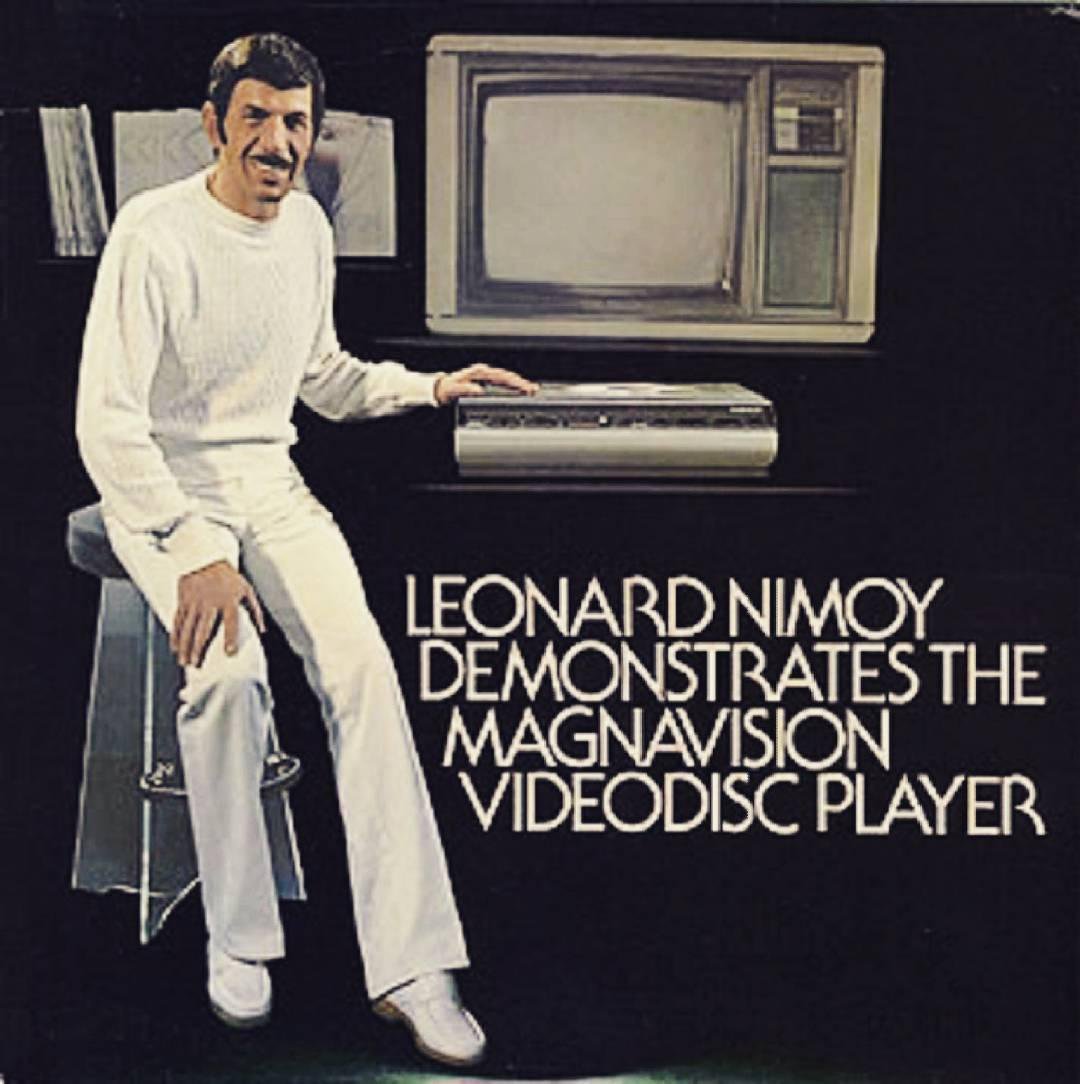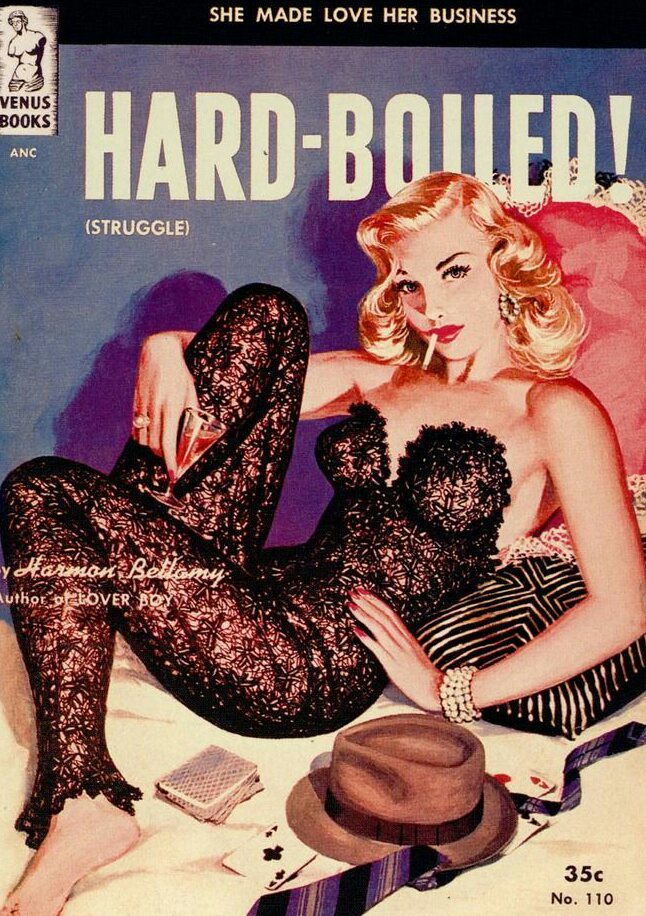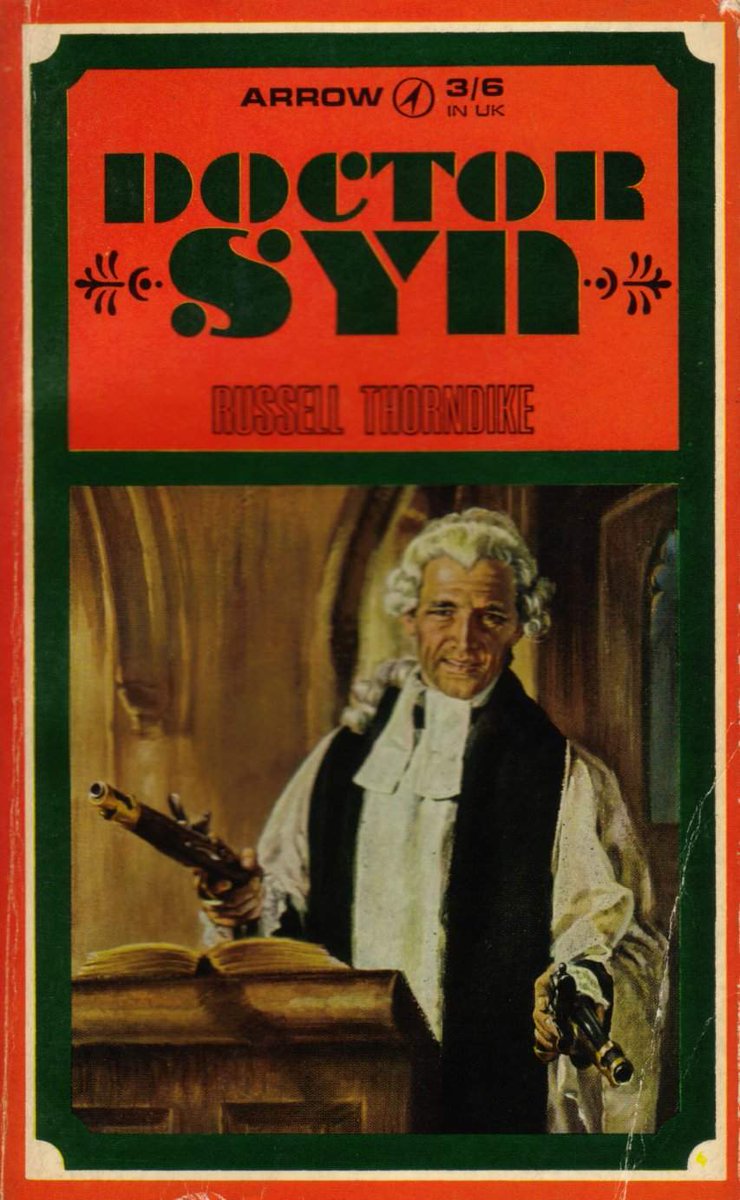In the 1970s a fascinating engineering battle took place between America and Japan for control of the future. The prize was the world we live in now. And one of the key battles took place on your wrist.
This is the story of the digital watch... #FridayFeeling
This is the story of the digital watch... #FridayFeeling

'Digital' is a magical marketing word. Like 'laser' or 'turbo' it suggests progress, mastery and the future. People like those ideas. They like them enough to spend a lot of money on products that have them, especially if they can be a first adopter. 

And so it was with the wristwatch. Electronic quartz watches were already a thing by the 1960s: an analogue movement driven by a quartz crystal resonator, powered by a small button battery.
But one American company was setting out on a new timekeeping odyssey...
But one American company was setting out on a new timekeeping odyssey...

The Hamilton Watch Company had already collaborated with Stanley Kubrick to develop digital clocks and futuristic watches for 2001: A Space Odyssey. Whilst the watches had analogue movement, the clocks - eventually cut from the film - were fully digital. 

Hamilton ran with the idea, and in May 1970, on The Tonight Show with Johnny Carson, they unveiled the future of time: the Hamilton Pulsar Time Computer. America had just landed on the Moon; now it would conquer the personal digital future. 

Hamilton Pulsar chose to use light emitting diodes (LED) for their watch display, just like many calculators did in the early 1970s. It was a proven technology, unlike its newer rival the liquid crystal display (LCD).
That would prove to be a fateful decision later on...
That would prove to be a fateful decision later on...

In 1972 the Pulsar Time Computer launched to a rapturous reception: it was so futuristic! A quartz timebase signal fed a set of signal counter chips that controlled five LEDs illuminating a row of seven-segment displays. It was like having Apollo Mission Control on your arm. 

But... The LEDs were so power hungry it could only show the time if you pressed a button. It also cost more than a Rolex: $2,100! And you had to buy it from Tiffany's. But Richard Nixon had one. So did James Bond. That meant Pulsar was the new status symbol. 

Soon Commodore, Hewlett-Packard, Motorola and Intel all joined Pulsar on the LED bandwaggon. By 1975 America was dominating the digital watch world and prices were coming down too. Everybody was happy!
Meanwhile, in Japan...
Meanwhile, in Japan...

Seiko had been a pioneer of quartz controlled timekeeping: their quartz clocks were used at the 1964 Tokyo Olympics. But they were certain that LED was the wrong technology for watch displays.
They preferred liquid crystal displays - more complex but potentially more versatile.
They preferred liquid crystal displays - more complex but potentially more versatile.

Liquid crystal doesn't emit light but it can block it. Put it between two polarised filters and apply a current and the liquid crystal can create shapes that block out parts of the backlight - shapes like numbers or letters. It's complicated stuff! 

Seiko launched their first LCD watch, the 06LC, in 1973. A field-effect liquid crystal display showed six digits of time continuously - you didn't need to press a button. Maybe the display wasn't as bright as an LED watch, but it wasn't as expensive. 

And in 1974 Casio made its move into digital watches with the Casiotron. Using the new twisted nematic LCDs from its calculator range the Casiotron was a handsome, neat and robust design that looked like a traditional wristwatch. It also had a unique feature: a digital calendar! 

In 1975 Seiko launched the 0634, the first digital quartz watch with a chronograph that could measure to a tenth of a second.
Between them Seiko and Casio had honed in on the future of watches - clever digital gadgets.
Between them Seiko and Casio had honed in on the future of watches - clever digital gadgets.

The US hit back with its own innovation: the digital watch calculator. Pulsar and Hewlett-Packard released models with keypads so small you needed a stylus to operate them. In contrast the 1975 Uranus Calculator watch put its keypad on the bezel. 



By 1976 the US had reached peak LED: over 70 manufacturers were providing digital watches in a wide range of designs - some good, some not so great.
But very soon the LED bubble would burst - and price would be the pin that popped it.

But very soon the LED bubble would burst - and price would be the pin that popped it.


In 1977 Texas Instruments, a recent entrant to the market, cut its price for LED watches to under $10. As a vertically integrated company it could still make a profit - but few of its competitors could.
The LED watch market began to collapse...
The LED watch market began to collapse...

In comparison Seiko had fully automated its watch production, diversified into quartz analogue as well as LCD digital, and continued to innovate with new watch features. In 1979 it bought the now-defunct Pulsar brand. LCD was king! 

Throughout the 1980s both Casio and Seiko continued to make LCD watches smarter. In 1980 Casio launched the Game-10, which let you play space invaders, as well as the C-80 - a calculator watch with a keypad you could actually use. 



In 1982 Seiko launched the incredible T001 TV watch - a TV on your wrist! James Bond had one of course, but so could you - though you needed a walkman-sized portable receiver to plug it into. 

Over the years manufacturers have tried to cram everything they could into a digital watch: radios, video games, computers, GPS, health monitors.
But if truth be told they probably got it just right in 1983...
But if truth be told they probably got it just right in 1983...

...with the Casio G-Shock DW-5000C. Designer Kikuo Ibe had been heartbroken when his first digital watch fell and smashed, so he decided to build one that couldn't crack. The rest, as they say, is history.
More stories another time.
More stories another time.

• • •
Missing some Tweet in this thread? You can try to
force a refresh























